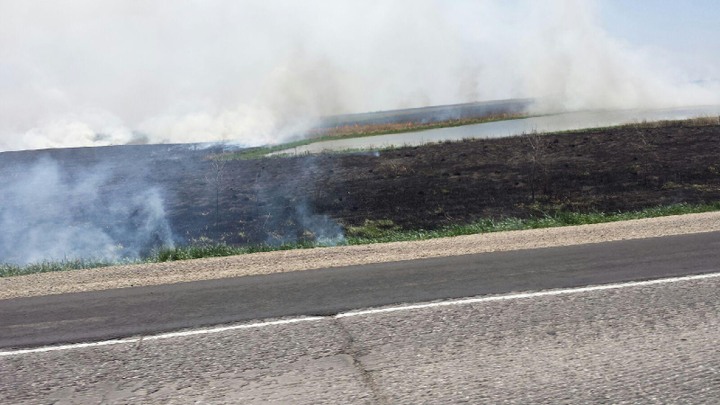Red dog, the fact that this type of nesting cover is so limited makes it even more relevant to maintain. Unfortunately, you cannot always reach your habitat goals and ensure that first nests are to survive. Getting the impacts necessary requires intrusion into the goings on of the current year. The higher the rainfall belt your habitat is in, the more frequent your impacts must be to keep woody invasion in check. MNMT lives in probably a <20 inch rainfall belt so woody intrusion is extremely slow. In eastern Kansas, a 30+ inch rainfall area, woody cover has expanded 30+% since the 1980's. In Florida and Georgia they have a 90+ rainfall total and the plantation I toured burned 95% of their area each year and roller chopped 45%. That left only 5% undisturbed nesting cover which was enough evidently to keep their population at the levels they were managing for. A lot depends on how long it has been since the last burn and when those burns were initiated. Once the woody stock has a foothold, the harder it is to keep it in check. As hunters we often complain about what's happening in front of us without realizing the bigger picture of how it fits in the maintenance or development for things in the long haul. I know on my area my management plan is for a 4 year burn rotation, but with current drought conditions in their 4th year and limited time and conditions for burning, the true rotation is reaching 8 years with some areas not having been burned in over a decade. Cedar, rough-leafed dogwood, fragrant sumac, and sand plum are getting too big a bite. Getting ahead of it will take a more vigorous effort than staying ahead of it would have!

